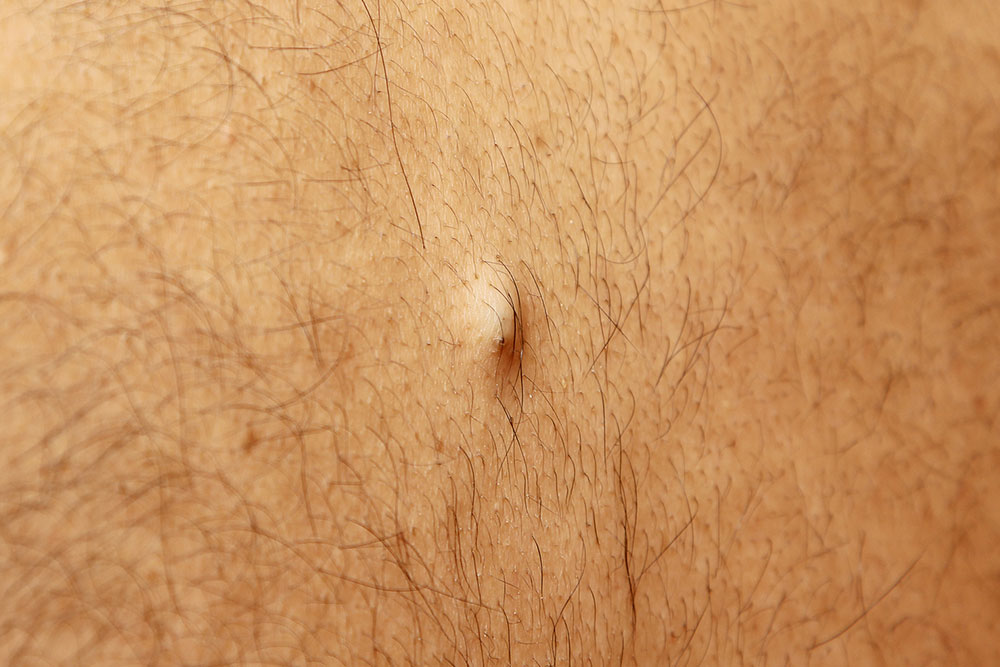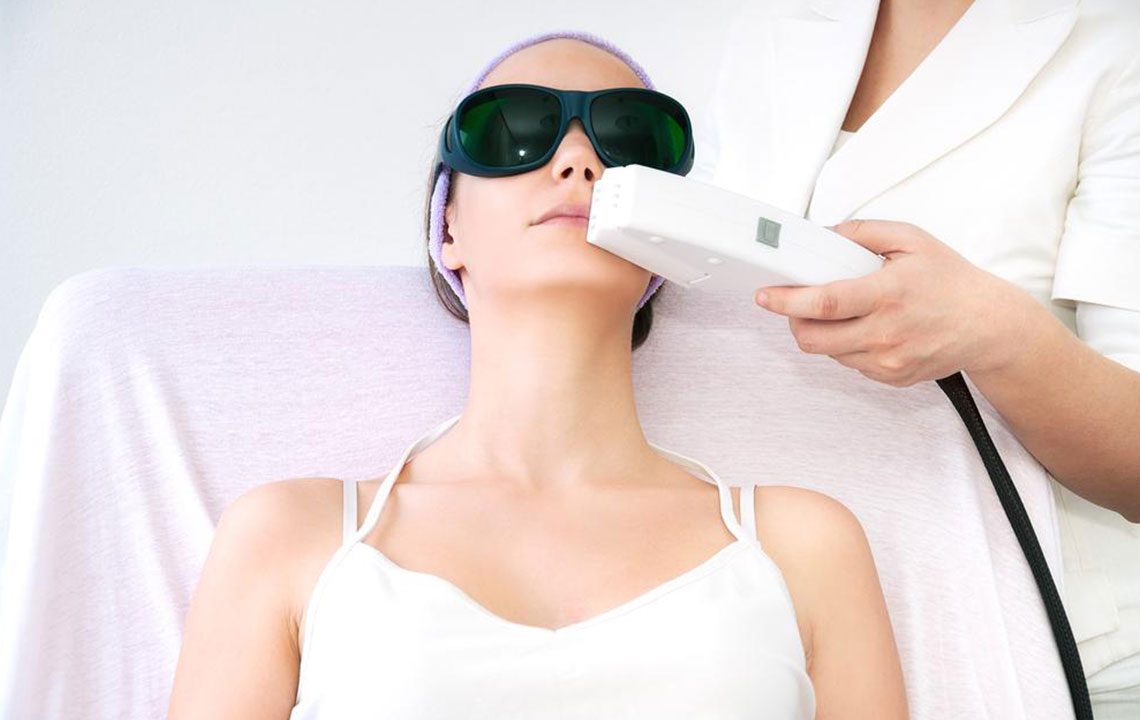Understanding and Recognizing Signs of Ingrown Hair
Learn about ingrown hair, its signs, causes, and effective removal methods like laser treatment. This informative guide helps identify symptoms and prevent recurrence for clearer, irritation-free skin.

Understanding Signs and Causes of Ingrown Hair
Ingrown hairs can impact individuals of all ages and genders. Normally, hair grows outward from the skin's surface, originating in the dermal layer which houses blood vessels, sweat glands, and connective tissues. When hair curls inward instead of emerging outward, it forms an ingrown hair. This common condition is typically harmless but can cause discomfort and skin irritation.
Important facts about ingrown hair
It affects all age groups.
Individuals with curly or coarse hair are more prone to developing ingrown hairs, especially after shaving or waxing. Tight clothing and improper hair removal methods can exacerbate the issue. Laser hair removal provides an effective solution to remove and prevent ingrown hairs, often eliminating the problem entirely.
In most cases, ingrown hairs won't resolve without treatment. Persistent cases might require combined therapies for optimal results. When ingrown hairs present as dark patches, they can resemble tanning or dark spots, often accompanied by red bumps. Despite myths, laser treatments are painless, with topical creams offering alternative options. Regular maintenance is essential to prevent recurrence after removal.
Causes of ingrown hair
Genetics play a role since some people naturally develop ingrown hairs. External skin injury or damage can also trigger growth.
Shaving too closely, using harsh waxing techniques, or wearing tight clothes increases the risk.
Improper hair removal habits can cause hair to grow sideways or inward, especially when dead skin blocks hair follicles.
Symptoms to Watch For
Persistent itching, redness, or tenderness.
Appearance of red or pink bumps, sometimes with a white tip indicating ingrown hair.
Infection signs like pustules or increased inflammation may occur if bacteria invade the area.
Post-shaving irritation, especially in sensitive areas, can lead to ingrown hair if not properly treated.
While ingrown hairs are generally not dangerous, their visibility and associated discomfort can be bothersome. Proper hair removal techniques and treatments are key to managing the condition effectively.










